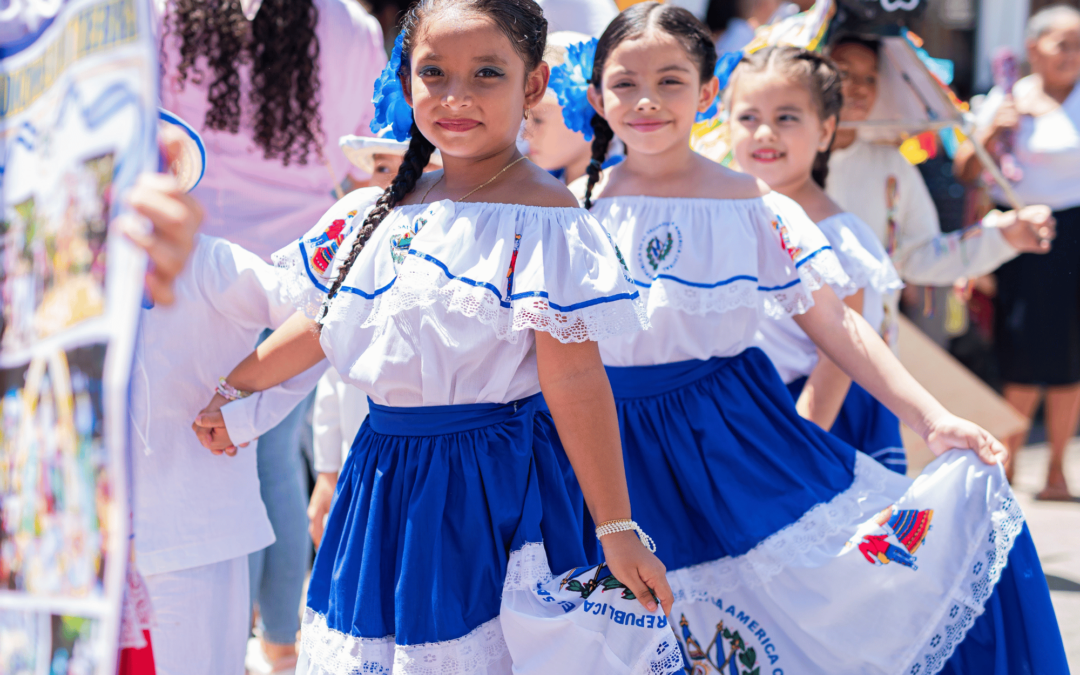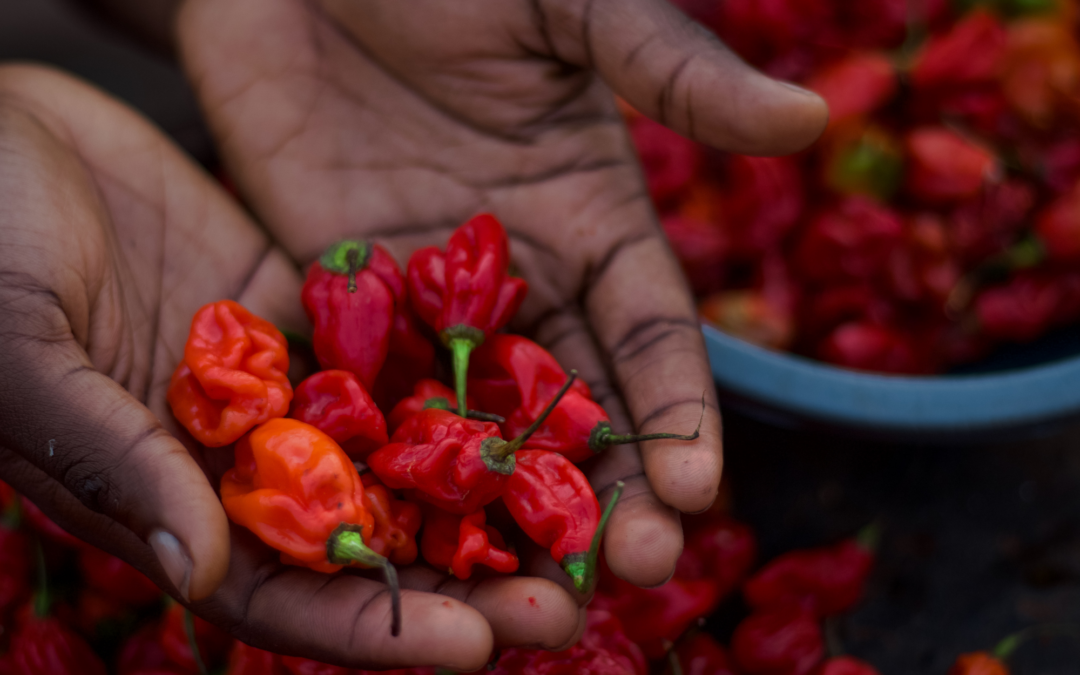
traditional Mexican festivals
The Mexico is a country rich in culture and traditions, and traditional festivals play an essential role in the lives of Mexicans. These celebrations are an opportunity to pay homage to the history, religion, nature, and culture of the country. Each festival has its own origins, meanings, and traditions, but they all share the importance of bringing together families and communities to celebrate together.
Day of the Dead: a unique celebration in Mexico
The Day of the Dead, also known as Dia de los Muertos, is one of the most iconic festivals in Mexico. It takes place annually from October 31st to November 2nd and is an occasion to honor deceased loved ones. The origins of this festival date back to the pre-Hispanic era, when indigenous peoples believed that the dead returned to visit their loved ones during this time.
The preparations for the Day of the Dead begin several weeks in advance. Families decorate altars with photographs of the deceased, candles, flowers (especially orange marigolds known as “cempasúchil”), and food offerings. Cemeteries are also decorated with flowers and candles, and families visit the graves of their loved ones to pay homage to them.
The Day of the Dead is an opportunity to remember and celebrate the lives of the deceased. Mexicans believe that the souls of the dead return to Earth during this period, and they welcome them with offerings of food, drinks, and music. It is a joyful and colorful celebration where families gather to share meals, tell stories, and remember their departed loved ones.
The Feast of Our Lady of Guadalupe: an important religious celebration.
The Feast of Our Lady of Guadalupe is a very important religious celebration in Mexico. It takes place on December 12th and commemorates the apparition of the Virgin Mary to a Mexican indigenous man named Juan Diego in 1531. According to legend, the Virgin Mary appeared to Juan Diego on the hill of Tepeyac and asked him to build a church in her honor.
The celebrations of Our Lady of Guadalupe begin several days in advance, featuring processions, traditional dances, and masses. Devotees make pilgrimages to the Basilica of Guadalupe in Mexico City, where the revered image of the Virgin is located. The pilgrims wear traditional costumes and offer flowers and candles to the Virgin.
The Virgin of Guadalupe is considered the patron saint of Mexico and is revered by millions of faithful throughout the country. She is a symbol of unity and pride for Mexicans, and her feast is an opportunity to strengthen community bonds and demonstrate devotion to the Virgin.
The celebration of the Mexican Revolution: honoring Mexican history and culture.
Mexican Revolution Day is celebrated on November 20th to commemorate the beginning of the Mexican Revolution in 1910. This revolution was a major event in Mexican history as it led to the overthrow of the dictator Porfirio Díaz and the establishment of a democratic government.
The celebrations of the Mexican Revolution include military parades, folk dances, fireworks, and cultural events. Mexicans take pride in their revolutionary history and view this celebration as an opportunity to celebrate their national identity.
The Mexican Revolution also had a significant impact on the country’s culture. It inspired many Mexican artists, writers, and musicians who used art as a means to express their vision of Mexican society. Therefore, Mexican Revolution Day is also an opportunity to celebrate the art and culture of the country.
The Mexican Independence Day: Commemoration of the country’s independence.
Mexican Independence Day is celebrated on September 16 to commemorate the beginning of the Mexican War of Independence in 1810. This war was led by national heroes such as Miguel Hidalgo and José María Morelos, who fought to liberate the country from the Spanish colonial yoke.
Mexican independence celebrations begin the day before, on September 15, with the “Grito de Dolores”. This rallying cry was uttered by Miguel Hidalgo in Dolores, calling on the Mexicans to rise up against the Spaniards. Since then, every year, the Mexican president pronounces the “Grito” from the balcony of the presidential palace in Mexico City, followed by fireworks and festivities throughout the country.
Mexican Independence Day is an occasion to celebrate the freedom and sovereignty of the country. Mexicans proudly wear national colours (green, white and red), sing the national anthem and participate in parades and festivities. It is a joyful and festive holiday, where Mexicans gather to celebrate their national identity.
Pinata Festival: a festive tradition for children

The piñatas festival is a Mexican tradition very popular with children. It consists of hanging a piñata in the shape of an animal or object filled with sweets and small gifts, then popping it with a stick. The children take turns to hit the pinata blindfolded, and once it breaks, they rush to pick up the falling sweets.
The origins of the piñatas festival date back to colonial times, when Spanish missionaries used piñatas to teach religion to the natives. The piñatas were often shaped like a seven-pointed star, symbolizing the seven deadly sins. The children had to hit the piñata to destroy them and thus get rid of sins.
Today, the piñatas festival is a festive and joyful tradition. It is often celebrated on birthdays and family holidays, but also on Christmas and New Year’s Eve. Children look forward to the moment to break the piñata and collect the sweets, which creates an atmosphere of joy and excitement.
Charrería Festival: a celebration of Mexican equestrian culture.
The charrería festival is a celebration of Mexican equestrian culture. It highlights the skills of charros, Mexican cowboys, in events such as lasso, dressage and show jumping. Charrería is considered a national sport in Mexico and is a UNESCO intangible cultural heritage.
Charrería celebrations include richly decorated horse parades, charro competitions and equestrian shows. The charros wear traditional costumes, including a sombrero, an embroidered jacket and leather boots. Women also wear traditional outfits, with colorful skirts and shawls.
Charrería is an integral part of Mexican culture and is considered a symbol of national identity. It represents the pride and tradition of rural Mexico, as well as love and respect for horses. The feast of the charrería is therefore an opportunity to celebrate this unique equestrian culture.
San Juan Festival: a celebration of nature and water
The Feast of San Juan is a celebration that takes place on June 24 to celebrate the summer solstice and pay tribute to Saint John the Baptist. This festival is often associated with water rituals, as it marks the beginning of summer and the arrival of rains in some parts of Mexico.
San Juan celebrations include bonfires, traditional dances and ritual baths in rivers, lakes or pools. Mexicans believe that bathing in water during this period brings luck and purification. They also organize processions with statues of Saint John the Baptist and offer prayers to ask for his protection.
The festival of San Juan is a celebration of nature and water, which are considered sacred elements in Mexico. It is an opportunity to reconnect with nature, celebrate the fertility of the land and pay tribute to Saint John the Baptist, the patron saint of the waters.
Candelaria Day: a celebration of food and music
The feast of Candelaria is a celebration that takes place on February 2 to commemorate the presentation of Jesus in the temple and the purification of the Virgin Mary. This festival is often associated with rituals related to food and music, and is an opportunity to share traditional meals and dance to the sound of Mexican music.
Candelaria celebrations include religious processions, folk dances and feasts. Mexicans prepare traditional dishes such as tamales, atoles and chiles in nogada, which they share with family and friends. Music also plays an important role during this festival, with mariachis and musical groups that animate the festivities.
Candelaria is a celebration of food and music, which are two essential elements of Mexican culture. It is an opportunity to share convivial moments with family and friends, while paying tribute to Jesus and the Virgin Mary.
Epiphany Day: a religious and festive celebration for children
The feast of the Epiphany, also known as Dia de los Reyes, is a religious and festive celebration that takes place on January 6 to commemorate the visit of the Three Kings to Jesus. This holiday is especially important for children, because it is the day when they receive gifts and share a cake of kings.
Epiphany celebrations include religious processions, dance performances and feasts. The children write letters to the Three Kings asking for gifts, and on the evening of January 5, they leave their shoes at the door for the Three Kings to deposit the gifts during the night.
The galette des rois is a central element of the Epiphany festival. It is traditionally garnished with candied fruit and a bean hidden inside. Whoever finds the bean in his piece of cake becomes the king or queen of the day and wears a paper crown.
Epiphany is a joyful and festive celebration, which marks the end of the holiday season. It takes place on January 6 and commemorates the visit of the Three Kings to Jesus, symbolized by the tradition of the king’s cake. This festival is very popular in France and in many French-speaking countries. During this day, families gather to share a king’s cake, which contains a bean hidden inside. Whoever finds the bean becomes the king or queen of the day and wears a cardboard crown. It is a convivial and festive moment, where we share moments of joy and gluttony with family or friends.




